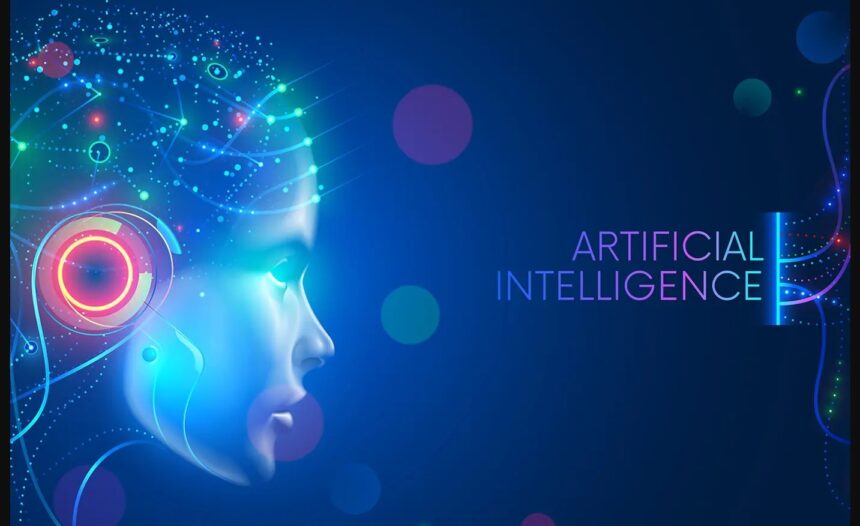Artificial Intelligence (AI) has revolutionized various industries, offering advanced solutions to complex problems. Among the diverse types of AI, generative AI and adaptive AI stand out for their unique capabilities and applications. Understanding the differences between these two types of AI is crucial for businesses looking to leverage AI technologies effectively. This article explores the workings of generative and adaptive AI, their applications, benefits, limitations, and the future trends and ethical considerations shaping these technologies.
What is Generative AI, and How Does It Work?
Generative AI refers to AI systems designed to create new content based on the data they have been trained on. These systems use machine learning models, particularly Generative Adversarial Networks (GANs) and Variational Auto encoders (VAEs), to generate text, images, music, and other forms of data. The core idea behind generative AI is to produce content that is indistinguishable from human-created content.
Generative AI works by learning patterns and structures from the training data. For example, a generative AI model trained on thousands of images can create entirely new images that resemble the originals. In text generation, models like GPT-3 can write coherent and contextually relevant paragraphs based on the input they receive. This ability to generate new, high-quality content makes generative AI a powerful tool in various creative and technical fields.
What is Adaptive AI, and How Does It Function?
Adaptive AI, on the other hand, focuses on learning and adapting to new data in real-time. These AI systems continuously improve their performance by interacting with their environment and adjusting their models based on new information. The goal of adaptive AI is to become more accurate and efficient over time, making it highly suitable for dynamic and unpredictable environments.
Adaptive AI functions through a feedback loop where the system collects data from its environment, processes this data, and updates its algorithms to improve future performance. This continuous learning process enables adaptive AI to handle complex tasks such as personalized recommendations, fraud detection, and predictive maintenance. Adaptive AI development companies specialize in creating systems that can adapt to changing conditions and provide consistent, high-quality results.
What Are the Core Differences in the Underlying Technologies of Generative and Adaptive AI?
The underlying technologies of generative AI and adaptive AI differ significantly:
- Generative AI:
- Generative Adversarial Networks (GANs): Consist of two neural networks, a generator and a discriminator, that work together to create realistic data.
- Variational Autoencoders (VAEs): Use probabilistic methods to generate new data points that are similar to the training data.
- Transformers: Advanced models like GPT-3 use transformers for natural language processing tasks, generating human-like text.
- Adaptive AI:
- Reinforcement Learning (RL): Algorithms learn by receiving feedback from their actions in an environment and adjusting their strategies accordingly.
- Online Learning: Models update continuously with new data, ensuring they remain relevant and accurate over time.
- Bayesian Networks: Probabilistic graphical models that update beliefs based on new evidence, allowing for adaptive decision-making.
These technological differences enable each type of AI to excel in distinct areas, offering unique advantages and capabilities.
In What Ways Are Generative and Adaptive AI Applied in Real-World Scenarios?
Generative AI applications include:
- Content Creation: Generating text, images, and music for entertainment and marketing.
- Product Design: Creating new product prototypes based on existing designs.
- Medical Research: Generating synthetic data for training medical models without compromising patient privacy.
Adaptive AI applications include:
- Personalized Recommendations: Offering tailored content and product suggestions in real-time.
- Fraud Detection: Continuously learning from transaction data to identify and prevent fraudulent activities.
- Predictive Maintenance: Analyzing equipment data to predict failures and schedule maintenance proactively.
Both generative and adaptive AI models play crucial roles in enhancing business operations and improving customer experiences across various industries.
How Do Generative and Adaptive AI Differ in Terms of Data Requirements and Processing?
Data Requirements:
- Generative AI: Requires large datasets to learn the underlying patterns and structures effectively. The quality of generated content depends heavily on the quality and diversity of the training data.
- Adaptive AI: Requires continuous streams of data to learn and adapt in real-time. The focus is on the relevance and timeliness of data rather than sheer volume.
Data Processing:
- Generative AI: Processes data in batches during the training phase and generates new content based on learned patterns.
- Adaptive AI: Continuously processes incoming data, updating its models on-the-fly to adapt to new information and changing conditions.
These differences highlight the distinct operational needs and capabilities of generative and adaptive AI systems.
What Are the Benefits and Limitations of Generative AI Compared to Adaptive AI?
Generative AI Benefits:
- Creativity: Generates high-quality, original content.
- Efficiency: Automates content creation processes, saving time and resources.
- Versatility: Applicable in various fields, from art to medicine.
Generative AI Limitations:
- Data Dependency: Requires large, high-quality datasets.
- Quality Control: Generated content may sometimes lack coherence or accuracy.
- Ethical Concerns: Risk of generating misleading or harmful content.
Adaptive AI Benefits:
- Real-Time Adaptation: Continuously learns and adapts to new data.
- Precision: Offers highly accurate and personalized solutions.
- Scalability: Suitable for dynamic and large-scale applications.
Adaptive AI Limitations:
- Complexity: Requires sophisticated algorithms and infrastructure.
- Data Privacy: Continuous data collection may raise privacy concerns.
- Resource Intensive: High computational and storage demands.
Understanding these benefits and limitations helps businesses choose the right AI model for their specific needs and objectives.
How Do Generative and Adaptive AI Impact Business Strategies and Decision-Making?
Generative AI impacts business strategies by enabling:
- Innovation: Facilitating the creation of new products and services.
- Marketing: Enhancing content creation and campaign personalization.
- R&D: Accelerating research and development processes.
Adaptive AI influences decision-making by:
- Personalization: Offering tailored recommendations and services.
- Efficiency: Streamlining operations through predictive analytics.
- Risk Management: Enhancing security and fraud detection measures.
By integrating generative and adaptive AI solutions, businesses can enhance their strategic capabilities and achieve better outcomes.
What Ethical Considerations Are Associated with Generative and Adaptive AI?
Ethical considerations for both types of AI include:
- Bias and Fairness: Ensuring AI models do not perpetuate existing biases.
- Transparency: Making AI decision-making processes understandable and accountable.
- Privacy: Protecting user data and complying with regulations.
- Security: Safeguarding against misuse and potential threats.
Adaptive AI development companies and generative AI developers must prioritize these ethical considerations to build trust and ensure responsible AI use.
Conclusions
Generative and adaptive AI represent two powerful but distinct approaches to artificial intelligence. While generative AI excels in creating new content and driving innovation, adaptive AI offers real-time learning and precision in dynamic environments. Understanding the differences between these AI types, their applications, and their benefits and limitations is crucial for businesses looking to harness AI’s potential. As these technologies continue to evolve, they will play increasingly significant roles in shaping the future of various industries, driving efficiency, and fostering innovation. By addressing ethical considerations and leveraging the right AI solutions, businesses can navigate the complexities of AI implementation and achieve their strategic goals.




